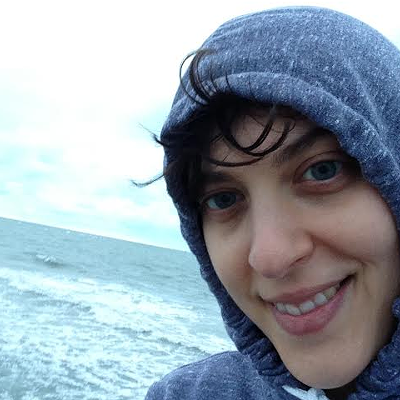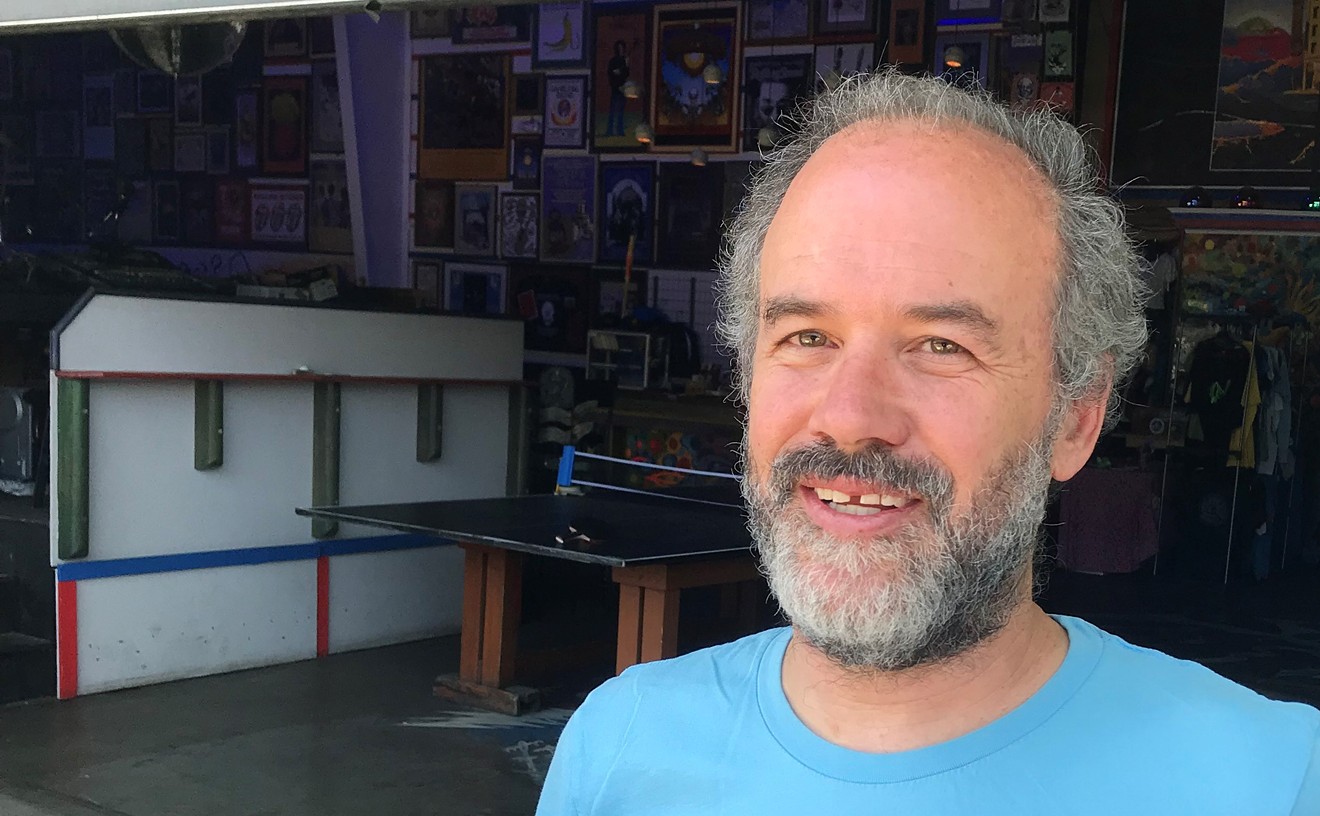With Williams were five friends from his hometown of Fort Worth, Texas, as well as fellow Broncos Javon Walker and Brandon Marshall, according to an interview Walker gave to HBO's Real Sports in 2007.
Willie Clark, a then-23-year-old suspected gang member who was raised by his grandmother in Denver, was also at the club, prosecutors say. Clark, whose nicknames include "Little Let Loose" and "Lil Willie," was with friends Daniel "P.T." Harris, Mario Anderson and Kataina "Markie" Jackson-Keeling.
According to Walker, the Broncos' group sprayed some champagne that hit another club patron and his friend. There was a confrontation between Clark's group and the Broncos' group and "words, taunts and challenges were exchanged," prosecutors say. Williams' friends say gang signs were also flashed.
When the club closed at around 1:30 a.m., there was another confrontation between the two groups outside. This time, prosecutors say, "Clark and Harris became visibly upset."
Sixteen people, including Williams, eventually piled into the Hummer and drove away. Witnesses say they saw Clark get into a white SUV and do the same. At approximately 2:15 a.m., a white Chevy Tahoe pulled up next to the Hummer at an intersection near 11th Avenue and Speer Boulevard and sprayed it with fifteen bullets from two different guns -- a .40 caliber pistol and a .45 caliber pistol.
Williams was hit by a .40 caliber bullet in the left side of his neck. He died in Walker's arms. Two other occupants of the Hummer were also shot -- Nicole Reindl in the head and Brandon Flowers in the buttocks. Both survived.
Clark was arrested four days later, though not for the murder. The police picked him up for a parole violation, instead. But they also told the media that he was a "person of interest" in the Williams murder. When asked by the Denver Post, Clark's lawyer at the time said Clark told him he had nothing to do with it.
While in prison for the parole violation, federal agents say Clark wrote a letter to a woman denying his role in Williams' murder. He said he "didn't do it" and was worried that people thought he did.
When his sentence was up in July 2007, Clark was turned over to federal authorities investigating a massive drug trafficking ring run by the Rolling 30 Crips. Clark, a purported member of a branch of the gang called the Tre-Tre Crips, was charged with possessing and distributing crack cocaine.
Nearly a year later, in May 2008, the Rocky Mountain News published a letter purportedly written by Clark claiming that he fired shots into Williams' limo that night. The Rocky said it got the letter from a Denver-area man who intercepted it while serving time in the same prison as Clark. A handwriting analyst concluded that the handwriting in the letter matched previous letters sent by Clark.
The police also got a copy of the letter. In August 2008, two Denver detectives visited Clark in prison, where he was still awaiting drug charges. According to court documents, they asked Clark for a handwriting sample so they could compare it with the letter. He refused, and instead showed them a copy of a newspaper article. "They already proved it was me," he said.
Two months later, in October 2008, Clark was indicted for William's murder. He was also indicted on thirty-eight other charges relating to the incident, including attempted murder and illegal discharge of a firearm.
But prosecutors had a tough road ahead. According to media reports and Clark's indictment, there were four men inside the white Tahoe that night: Clark, Anderson, Jackson-Keeling and "an associate of Clark's" that attorneys have indicated is Harris. Anderson and Jackson-Keeling told the grand jury that indicted Clark they didn't know anything about the crime. They also told a police detective that they didn't want to talk for fear of being killed. But the associate told the grand jury that Clark was driving the Tahoe, and that Clark -- and only Clark -- fired shots into the Hummer.
Clark's attorneys have questioned the truthfulness of witnesses in the case, since they say most of them are gang members who were compensated for their cooperation. Harris, for instance, was facing federal drug charges as a result of the same sting that netted Clark in 2007. Clark's attorneys have said Harris was offered "the functional equivalent of $1 million" for his testimony before the grand jury. "Many of these individuals have made deals with the government to provide information in exchange for lenient treatment," Clark's lawyers wrote in a pre-trial motion. "The compensated witnesses have compelling incentives to pin responsibility on Mr. Clark."
Other motions hint at their defense strategy: Clark's lawyers say they will call witnesses who can testify that Clark was nowhere near 11th and Speer at 2:15 a.m. on New Year's Day 2007. They say he was driving his black Tahoe in the vicinity of 18th Avenue and Glenarm Place when the shooting occurred.
Prosecutors, however, have hinted that there are other eyewitnesses besides the men in the white Tahoe, two of whom -- Anderson and Jackson-Keeling -- have been accused of lying to the grand jury and charged with perjury. Court documents mention a woman named Raven Dennis and describe her as "one of the only witnesses to identify the defendant in the drive-by vehicle."
Clark has an extensive criminal record. In 2003, he pleaded guilty to second-degree aggravated motor vehicle theft and in 2004, he pleaded guilty to second-degree aggravated assault. He also faces a charge of conspiracy to commit murder in connection with the December 2006 shooting death of 28-year-old Kalonniann Clark (no relation). Kalonniann Clark was killed just before she was to testify that Brian Kenneth Hicks, an associate of Clark's who authorities have described as a drug kingpin and leader of the "Elite Eight" subset of the Tre-Tre Crips, tried to kill her outside a Denver nightclub in 2005. An indictment says Hicks, who was in prison at the time, ordered Clark to kill her first, and that Clark recruited a man named Shun Birch to help. The indictment says Birch pulled the trigger.
Federal authorities say Clark and Hicks worked together since 2006, when Hicks recruited Clark, who was fresh out of prison, to help him deal crack cocaine. The white Tahoe used in the Williams shooting belonged to Hicks, who was still in prison when the murder occurred.
Since being indicted for the crime, Clark has repeatedly denied killing Williams. In a 2009 interview with the Post, Clark said he "never had no involvement in this whole little ordeal." He also denied killing Kalonniann Clark.
Jury selection in the Williams murder case is expected to wrap up today and opening statements are scheduled to begin at 8:30 a.m. tomorrow. Clark could face life in prison if he's convicted.











